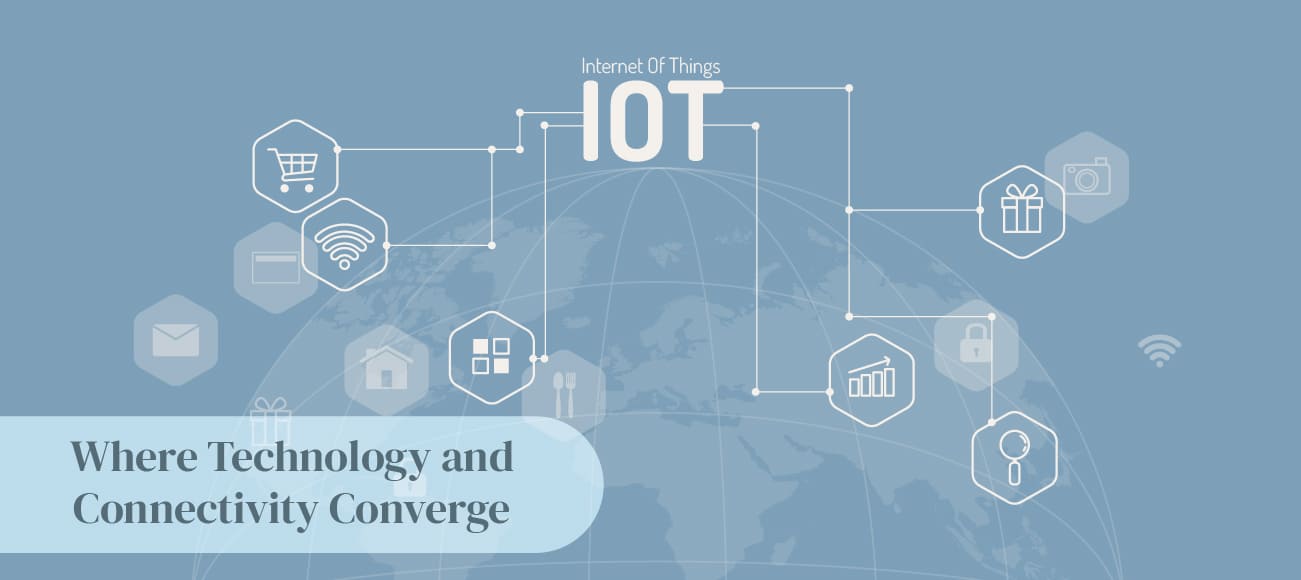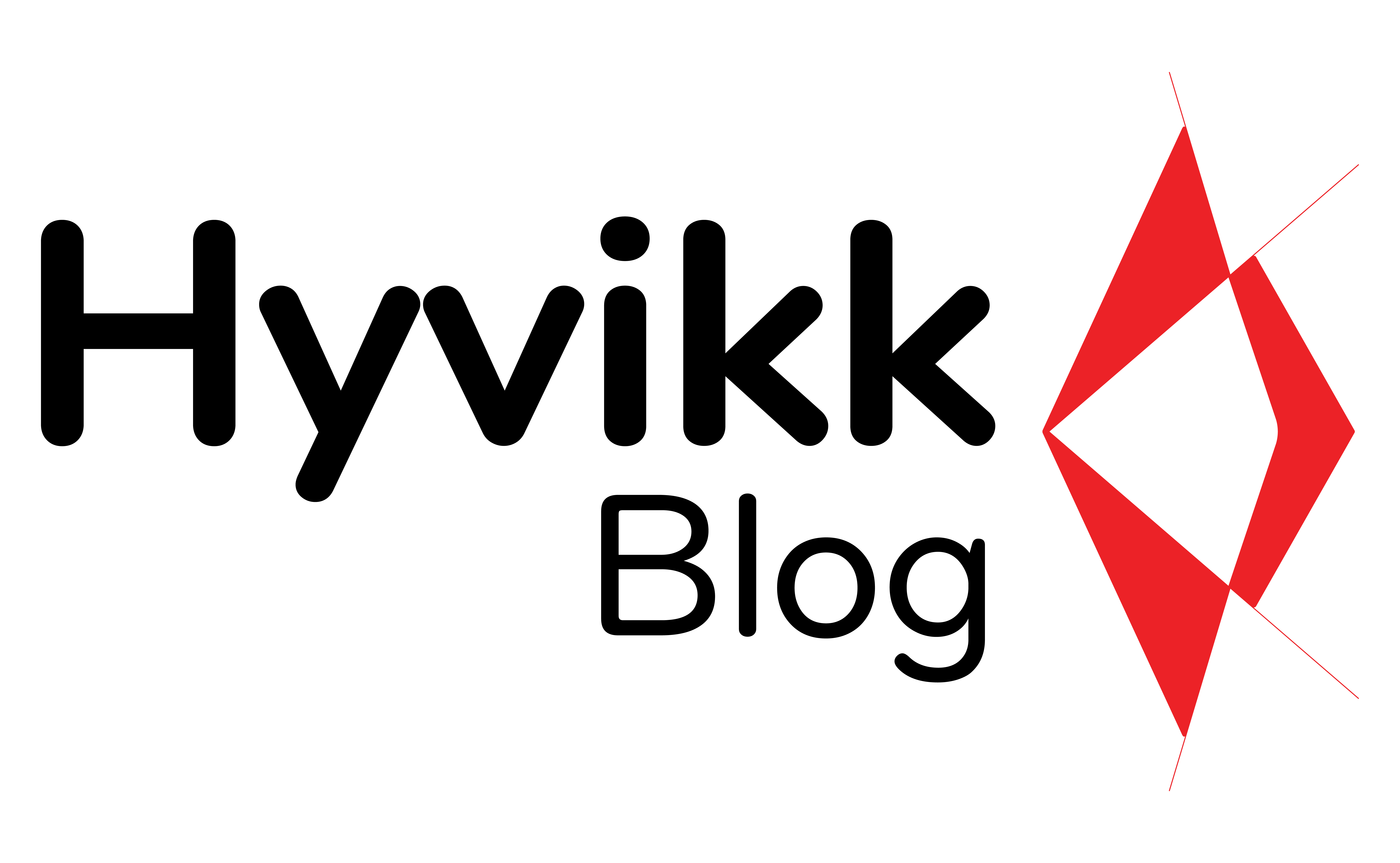
11 Aug The Power of IoT: How Connected Devices are Revolutionizing the World
The Internet of Things (IoT) has emerged as one of the most exciting and transformative technologies of our time. It is changing the way we live and work, and it has the potential to revolutionize many industries. In this blog, we will explore what IoT is, how it works, and why it is so important.
What is IoT?
IoT, short for Internet of Things, denotes a network of physical devices, vehicles, home appliances, and various other objects, equipped with connectivity, sensors, and software. These devices can exchange data with other devices, servers, and cloud-based systems, enabling them to perform a variety of functions and tasks.
How does IoT work?
IoT devices typically have sensors or actuators that collect data about the environment or perform some action. The data is then sent to a gateway or hub, which aggregates the data and sends it to a server or cloud-based system for analysis. The analysis can provide insights into how the device is performing or how it can be improved. The results of the analysis can be used to trigger automated actions or provide recommendations to humans.
Why is IoT important?
- Improved efficiency and productivity
IoT can help organizations to improve their efficiency and productivity by providing real-time data and insights into their operations. For example, in manufacturing, IoT sensors can be used to monitor the production line, identify bottlenecks, and optimize the production process. In logistics, IoT sensors can be used to track the location and condition of goods in transit, enabling companies to optimize their supply chain and reduce costs.
- Enhanced customer experience
IoT can help organizations to enhance their customer experience by providing personalized and context-aware services. For example, in retail, IoT sensors can be used to track customer behavior and preferences, enabling retailers to provide personalized recommendations and promotions. In healthcare, IoT devices can be used to monitor patient health and provide personalized treatment plans.
- Cost savings
IoT can help organizations to save costs by reducing waste, improving energy efficiency, and optimizing resource utilization. For example, in smart buildings, IoT sensors can be used to control lighting and heating based on occupancy and weather conditions, reducing energy consumption and costs. In agriculture, IoT sensors can be used to monitor soil moisture and nutrients, enabling farmers to optimize irrigation and fertilizer usage and reduce waste.
- Improved safety and security
IoT can help organizations to improve safety and security by providing real-time data and alerts. For example, in manufacturing, IoT sensors can be used to monitor equipment and identify potential hazards before they cause accidents. In smart cities, IoT sensors can be used to detect environmental hazards such as air pollution or water leaks, and alert authorities to take action.
- New business models
IoT can enable organizations to create new business models and revenue streams by providing new services and products. For example, in healthcare, IoT devices can be used to provide remote monitoring and telemedicine services, enabling healthcare providers to reach more patients and provide better care. In insurance, IoT devices can be used to provide usage-based insurance, where customers pay premiums based on their actual usage of the insured item.
Challenges and risks of IoT
Despite its many benefits, IoT also poses some challenges and risks that need to be addressed. These include:
- Security and privacy
IoT devices can be vulnerable to cyberattacks, and the data they collect can be sensitive and personal. Organizations need to ensure that they have robust security and privacy measures in place to protect against unauthorized access and data breaches.
- Interoperability and standards
IoT devices and systems often use different protocols and standards, which can make it difficult for them to communicate and work together. Organizations need to ensure that they use compatible technologies and follow industry standards to ensure interoperability.
- Complexity
Designing, implementing, and maintaining IoT systems necessitates specialized skills due to their complexity. Organizations need to invest in training and hiring skilled professionals who can manage and operate IoT systems effectively.
- Data management
IoT generates a massive amount of data, and organizations need to ensure that they have the capacity and infrastructure to store, process, and analyze this data effectively. They also need to ensure that they are collecting only the data that is necessary and relevant and that they are using it in a responsible and ethical manner.
- Regulatory compliance
IoT devices and systems may be subject to regulations and standards related to data privacy, security, and other areas. Organizations need to ensure that they comply with these regulations and standards to avoid legal and financial penalties.
- Environmental impact
IoT devices and systems consume energy and require resources to manufacture and operate. Organizations need to consider the environmental impact of IoT and take steps to minimize their carbon footprint.
Conclusion
The way we live and work can be transformed with the Internet of Things with its enormous potential. It can improve efficiency and productivity, enhance customer experience, save costs, improve safety and security, and create new business models and revenue streams. However, it also poses significant challenges and risks, including security and privacy, interoperability and standards, complexity, data management, regulatory compliance, and environmental impact. Organizations need to address these challenges and risks to realize the full potential of IoT while ensuring that they use it in a responsible and ethical manner. With the right approach, IoT can help us build a more connected, efficient, and sustainable future.

Sorry, the comment form is closed at this time.